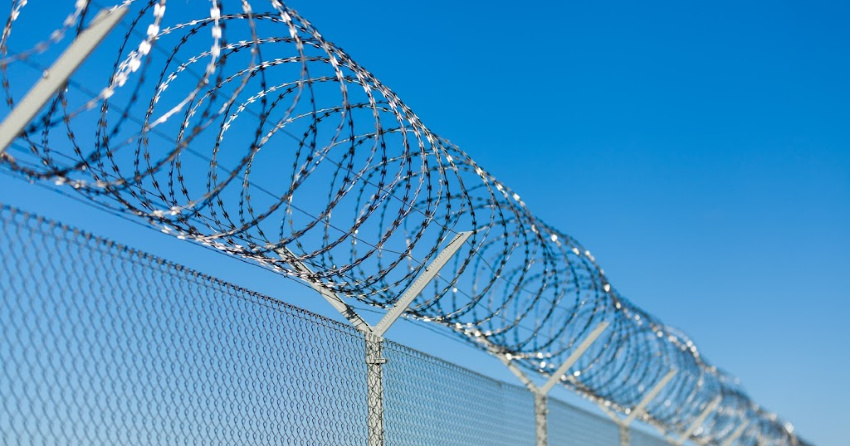The global Fencing Market is estimated to be valued at US$ 36127.67 Mn in 2023 and is expected to exhibit a CAGR of 4.4% over the forecast period 2023 to 2030, as highlighted in a new report published by Coherent Market Insights.
Market Overview:
Fencing refers to structure that encloses an area, typically outdoors, and is usually constructed from meshes of metal, wood, concrete, or vinyl. It is typically used for security, privacy, or livestock/pet confinement. Fencing finds major applications in residential lawns and gardens, commercial and public places like schools and parks, and agricultural farms for confinement and control of livestock. Key advantages of fencing includes prevention of trespassing of unwanted intruders, providing privacy to residential and commercial spaces, protection of children and pets from hazards, and control over grazing animals.
Market key trends:
One of the key trends in the fencing market is the adoption of affordable yet durable material options. Traditionally, wood has been the preferred raw material for fencing construction. However, certain disadvantages of wood like susceptibility to damage from weather, insects, decay have led to higher adoption of alternatives like plastic and composite materials. Vinyl fencing is becoming popular due to its aesthetic looks resembling wood but requiring very low maintenance. It is highly weather-resistant and does not fade, crack, peel, or rot like timber. Composite fencing blends wood fibers with plastics to achieve durability and sustainability. Aluminum fencing is also gaining traction for commercial applications due to properties like corrosion and termite resistance along with recycled content.
Porter’s Analysis
Threat of new entrants: The fencing market is less likely to witness increased threats of new entrants due to high capital requirements for starting production facilities and the dominance of established global players.
Bargaining power of buyers: Buyers in the fencing market have moderate bargaining power due to the availability of alternatives and transparency in pricing among providers.
Bargaining power of suppliers: Suppliers have moderate bargaining power due to differentiation in raw materials and dependency of players on a consistent supply.
Threat of new substitutes: Threat from substitutes is moderate as fencing materials have specifications for strength and aesthetics making alternatives less feasible.
Competitive rivalry: High as major players compete on the basis of product innovation, pricing and regional expansion.
Key Takeaways
The Global Fencing Market Size is expected to witness high growth, exhibiting CAGR of 4.4% over the forecast period, due to increasing infrastructure development and demand for security solutions. The market size is projected to reach a value of US$ 36127.67 Mn by 2023.
Regional analysis: North America dominates the global fencing market and is expected to continue its dominance over the forecast period. Growing investments in infrastructure development and demand for enhanced security are driving market growth. The Asia Pacific region is anticipated to show fastest growth in the projected timeframe with increasing construction spending and rapid urbanization.
Key players operating in the fencing market are Allied Tube & Conduit, Ameristar Fence Products Incorporated, Associated Materials LLC, Bekaert, CertainTeed Corporation, Gregory Industries, Inc., Long Fence Company Incorporated, Betafence NV, Jerith Manufacturing Company Incorporated, Ply Gem Holdings Incorporated, and Poly Vinyl Company Incorporated. Major players are focusing on new product innovations to suit requirements across varied applications and geographies.
*Note:
1. Source: Coherent Market Insights, Public sources, Desk research
2. We have leveraged AI tools to mine information and compile it




